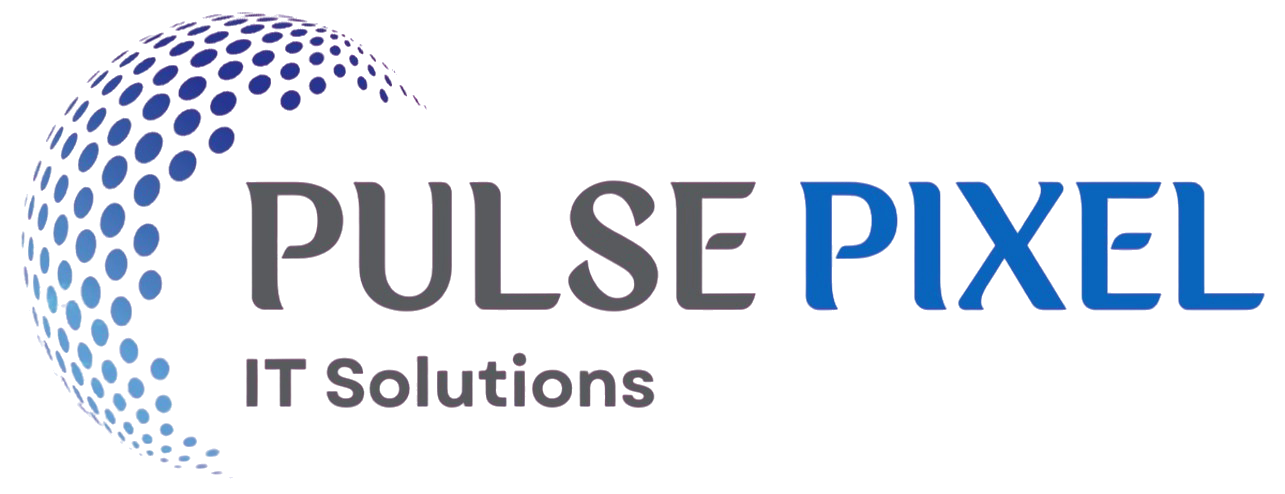How IT Solutions Drive Business Growth in 2025
In 2025, IT solutions play a crucial role in driving business growth by enhancing efficiency, scalability, and innovation. Companies are leveraging AI, cloud computing, and automation to streamline operations and reduce costs. Advanced analytics and data-driven insights support smarter decision-making, while cybersecurity measures ensure trust and compliance. These technologies collectively empower businesses to adapt quickly, reach new markets, and deliver personalized experiences that boost customer satisfaction and revenue.
IT solutions in 2025 are key drivers of business growth by improving efficiency and enabling smarter decisions. Technologies like AI, cloud computing, and data analytics help companies streamline operations and scale quickly. Cybersecurity ensures safe digital environments, building trust with customers. These advancements also support innovation and open new revenue opportunities.

AI and Automation Streamline Operations
Businesses in 2025 leverage AI-driven tools and robotic process automation (RPA) to eliminate repetitive tasks, reduce errors, and speed up workflows. This increases efficiency and frees up staff to focus on higher-value activities.
Cloud Computing Enables Scalability and Flexibility
Cloud-based IT solutions allow companies to scale resources on demand, support remote work, and reduce infrastructure costs. This agility supports rapid growth and market expansion without massive upfront investment.
Data Analytics and Business Intelligence Improve Decision-Making
data analytics and business intelligence tools have become essential for making fast, informed, and strategic business decisions. Companies collect vast amounts of data from customer interactions, operations, social media, and IoT devices. Using advanced analytics, including predictive and prescriptive models, businesses can forecast trends, identify risks, and uncover hidden opportunities. Real-time dashboards and interactive visualizations in BI platforms like Power BI, Tableau, and Looker help managers and executives quickly understand performance metrics and KPIs. By turning raw data into actionable insights, organizations make smarter choices that enhance efficiency, reduce costs, improve customer satisfaction, and increase profitability.
Cybersecurity Builds Trust and Compliance
cybersecurity is a foundational element of business success, not just an IT concern. With growing threats like ransomware, phishing, and data breaches, companies are investing in advanced security solutions—such as AI-powered threat detection, zero-trust architecture, and end-to-end encryption—to protect sensitive data. Strong cybersecurity ensures that customer information, intellectual property, and financial records remain secure, which in turn builds trust with clients, partners, and investors. Moreover, organizations must meet evolving compliance standards like GDPR, HIPAA, or industry-specific regulations, which require robust data governance and reporting systems. Failing to comply can result in legal penalties and reputational damage, while a secure, compliant business gains a competitive advantage and long-term customer loyalty.
CRM and ERP Systems Enhance Customer and Resource Management
Customer Relationship Management (CRM) and Enterprise Resource Planning (ERP) systems are critical tools for managing business operations and customer interactions effectively. CRM systems like Salesforce or HubSpot help businesses understand customer behavior, track sales pipelines, and personalize communication, leading to improved customer satisfaction and loyalty. Meanwhile, ERP systems such as SAP or Oracle integrate core business functions—like finance, inventory, HR, and supply chain—into one unified platform. This integration enhances visibility, reduces duplication, and improves decision-making across departments. Together, CRM and ERP systems create a seamless flow of information that enables businesses to optimize resources, respond quickly to market changes, and deliver better service and products to customers.Everything works together to support your digital ecosystem.
Digital Transformation Opens New Revenue Streams
digital transformation is more than just adopting technology—it’s about reimagining business models to create new sources of income. Companies are using digital tools to launch e-commerce platforms, offer subscription-based services, and develop digital products like apps, online courses, or virtual consultations. Emerging technologies such as AI, IoT, and blockchain enable businesses to enter new markets and serve customers in more personalized, efficient ways. Additionally, digital transformation allows for the creation of platform-based ecosystems, where companies generate revenue by connecting buyers and sellers or offering add-on services. These new revenue streams not only diversify income but also make businesses more resilient and competitive in a fast-changing economy.
IT solutions are essential for accelerating business growth through automation, data insights, and digital innovation. Companies leverage tools like AI, cloud computing, and cybersecurity to enhance efficiency, scalability, and customer trust. Integrated systems streamline operations and support smarter, faster decision-making. These technologies empower businesses to adapt, compete, and thrive in a digital-first economy.
IT solutions are a core driver of business growth, enabling companies to operate more efficiently, innovate faster, and stay competitive in a digital-first world. Artificial Intelligence (AI) and automation help streamline workflows, reduce manual tasks, and improve productivity. Cloud computing offers scalability and flexibility, allowing businesses to expand operations without large infrastructure costs. Data analytics and Business Intelligence (BI) tools transform raw data into actionable insights, helping leaders make informed decisions and anticipate market trends. Cybersecurity ensures that digital operations remain safe and compliant, building trust with customers and stakeholders.


